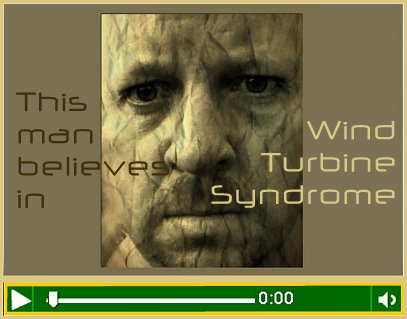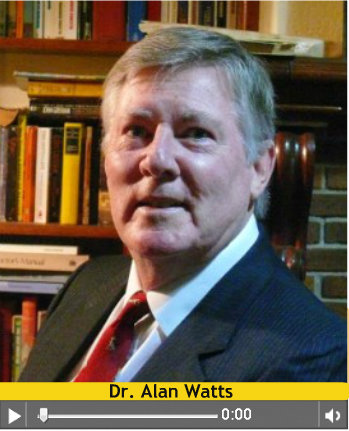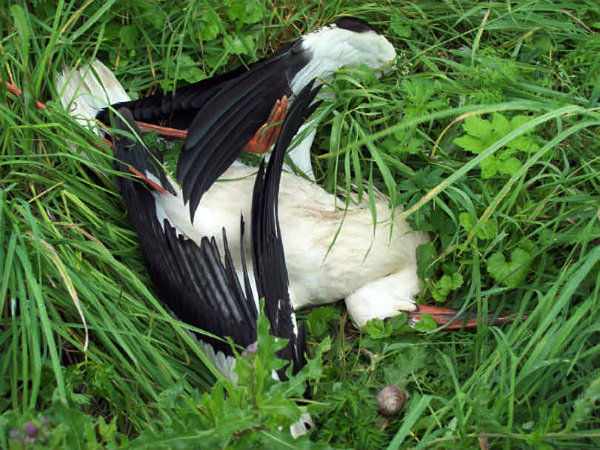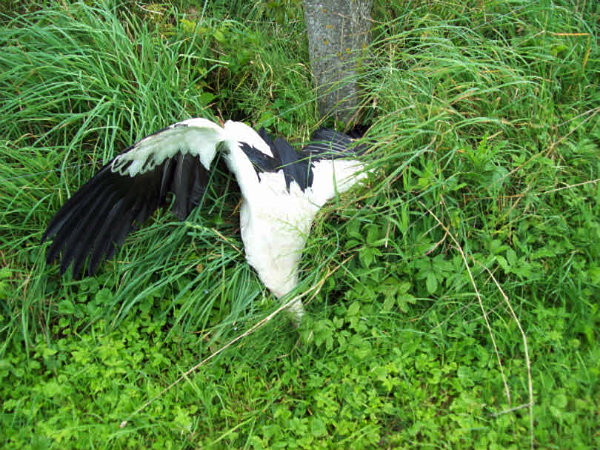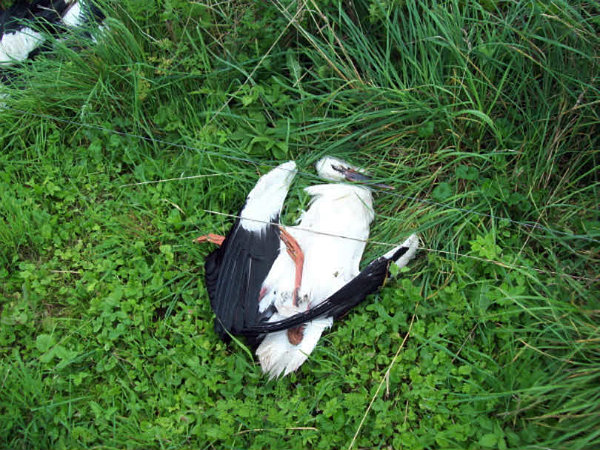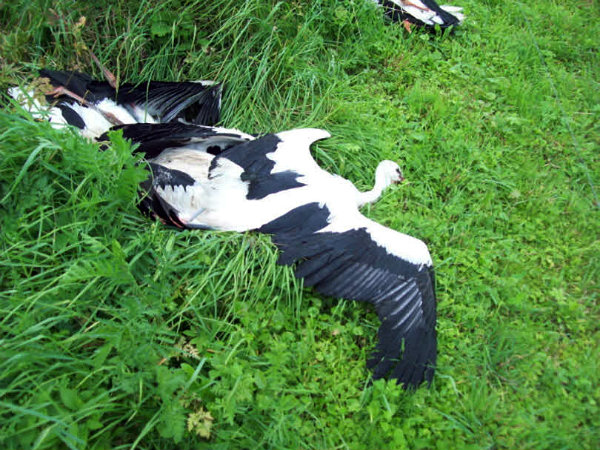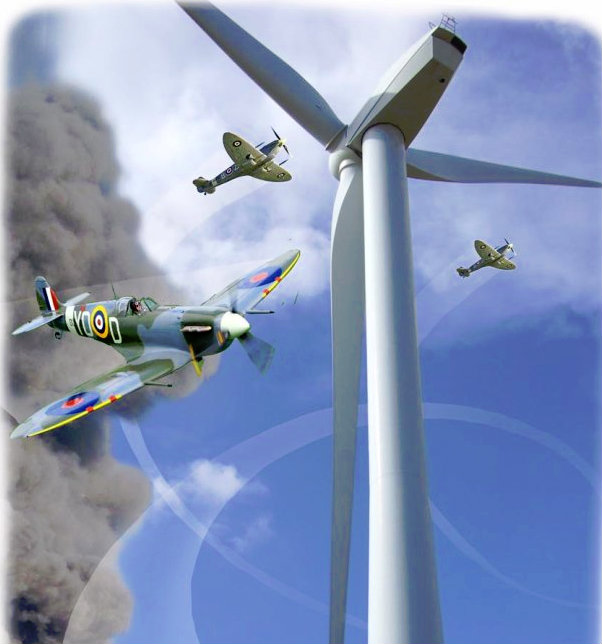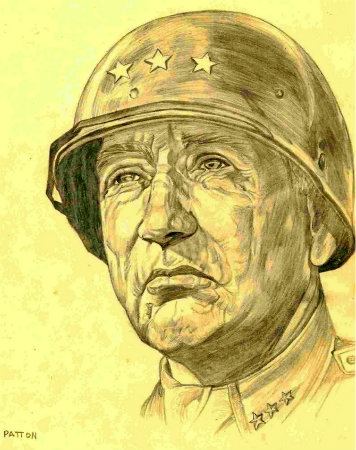
For the sake of the redemptive promises of Green Energy, we self-righteously torture and torment people even as we pretend it’s not happening. As the epidemic of systematic torture unfolds, physicians turn a blind eye and deaf ear to people’s pleas for medical intervention—medical common sense—to stop it. Physicians who speak out are vilified, threatened with harm, and defamed, while their medical colleagues by the thousands stand silently by—uninvolved, indifferent, frightened.

This disturbing yet brilliant image is borrowed, with appreciation,
from the website, fenbeagleblog.
Consider the following testimony from the Michaud family, Ontario, Canada
September 4, 2011
Six years ago we moved our family from the city, thought maybe it would be nice to live closer to nature, maybe grow our own fresh food, live off the land. It was beautiful, the night sky, the wildlife. We worked hard, built a home and a hobby farm. Then one day we found a letter in the mailbox that read “Occupant.” It was a notice about the Wind farm proposal. Little did we know it was the last of many planning meetings discussing this event. We attended but realized that these things were coming no matter what we had to
say!
Two years later here we are. All four members of our family are each experiencing devastating adverse effects! Illnesses that do harm our lifestyle, effects that take away our enjoyment of life, and interfere with our work, effects that are impacting how we live day to day and how we interact with others around us. Our peaceful country home is no more!
We did not know anything about this wind syndrome until we all started getting sick and only now have I been becoming educated in this phenomenon. In reading all the controversy on this subject sickens me, how can a doctor whose oath is “do no harm” stand there and say there is no harm here?
I do not understand anyone can bush off someone’s suffering so easily!
We did not ask to have these Wind Turbines placed in our back yard, nor did we ask for the illnesses you call an “Annoyance”. I believe that the symptoms that my family and I have been living with the past 5 months are real and in fact life threatening, not only to ourselves but to others. If one of us suffers a bout of Vertigo while operating a motor vehicle, that results in an accident, then it becomes pretty damn adverse, especially if we injure or kill
someone! If we go to our place of employment after too many sleepless nights, and make a
mistake or get injured, that may result in our job loss or again loss of life—that seems pretty adverse as well!
It is a sad state we live in when we cannot trust those hired and elected to protect the little people!
Sick of being sick on the Dew Drop we call home!”
September 14, 2011
Thank you for sticking by us … we really need to raise public awareness … we were all so affected the day they filmed that piece … with the nausea and vertigo … the past two weeks our heath has declined to a constant state of unbalanced fatigue, vertigo, nausea, disorientation, unusual stomach cramps … medicated by SERC
my daughter is so tired and feels unwell but still works up 6 days a week, she’s a real trooper…
my husband and son have had to leave work early a number of times in the last two weeks …
my son is so upset that his health has declined so much and he has no balance, it has affected his work ability and his musical talent is suffering …
his greatest fear is that his hearing will be affected and he will no longer be able to play or write music … it might take 6 months for him to see an audiologist and vertigo specialist.
I never thought I would hear from either of them that they are considering moving if they don’t start feeling better soon … they both have worked so hard here and love this place so much.
It’s just no fair to be run off our home & land … Canada is better than this, or so I thought.
Oh, and today I got a nose bleed … I hope I don’t get more.
Oh, and I think one of my goats had a false pregnancy … she looked pregnant and acted so then, nothing, no baby … It’s so weird.
We hope to remain strong, but I can see now why some people leave their homes and hopes and dreams behind them, and why some turn to suicide … it eats at your soul!
P.S. The wind is so strong today and the turbine behind me has been so loud, I called the MOE [Ministry of the Environment] twice in 12 hours … I have been sitting in my beautiful sunroom for about 20 minutes and I feel like throwing up … this was my favorite room in the house… my happy place but it is slowly becoming a storage area, that I have to retreat from that retreat too!”
June 27, 2012
We are unsure what to do … I have spoken to people who are in [the] direct path of these monsters … they are
suffering but wish to remain out of the battle … for various reasons … part of me gets it, but part of me doesn’t … we know we need to continue to take a stand, but at the same time, unless there is a show in numbers, then is it really worth the violence that could ensue?
But then, again, this area is soon to be overwhelmed with the numbers of turbines coming … it’s sickening and maddening and disheartening … what can we do?
I’m sure there will be another ERT set up for this area, but will anything come of it? So many around here are beaten down and losing hope, and that’s exactly what the MOE, the Government and the Wind Industry are waiting for! I have heard that “the head-hunters” have been out in force in our area, attempting to sign up more leaseholders … soon there will be nowhere for any of us to live!
THIS IS SO WRONG!!! WE ARE ALL BEING ABUSED IN OUR OWN HOMES … HOW LONG ARE WE GOING TO BE EXPECTED TO JUST SIT HERE AND TAKE IT?
I WONDER IF THE MAYOR WILL BE IN ATTENDANCE? I THINK WE SHOULD GET TOGETHER AND LAY A LAWSUIT ON HIS DOORSTEP!
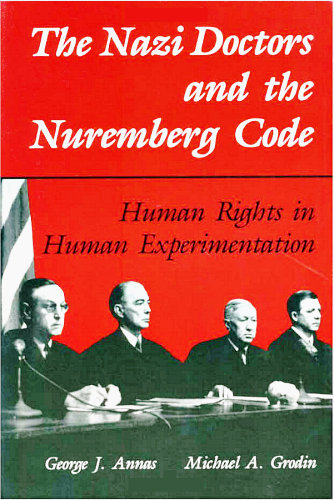
The following is from the New England Journal of Medicine review of “The Nazi Doctors and the Nuremberg Code: Human Rights in Human Experimentation,” ed. George J. Annas & Michael A Grodin (NY: Oxford Univ. Press, 1992). We feel it has relevance for the Michaud’s testimony, above.

In August 1947, 15 Nazi physicians were convicted by one of the Nuremberg tribunals of immersing concentration-camp inmates in freezing solutions, exploding them in low-pressure chambers, infecting them with typhus, forcing them to drink sea water, and killing them in order to study their defleshed skeletons, all in the name of science. In deciding the case, the tribunal enunciated a set of ethical principles for experimentation with human subjects that came to be known as the Nuremberg Code.
The first and central principle of the code states, “The voluntary consent of the human subject is absolutely essential.” But Jay Katz, perhaps the most insightful contributor to this unusual collection of essays and documentation on the code, points out that the tribunal erroneously assumed that the principle of voluntary consent had been firmly embodied in medical ethics up to that time (which it had not) and that it was the gravamen of the doctors’ offenses. On the contrary, as is excruciatingly evident from the detailed accounts of the “experiments,” the doctors committed these crimes against humanity because they were able to deny the humanity of their subjects and even, at some level, must have been satisfying bizarrely sadistic impulses.
Another essayist, Leonard Glantz, observes: “These matters [informed consent] were of no concern to the Nazi doctors. From their perspective [it] was more akin to animal research . . . [although it] would violate current animal research regulations.” Consent was not even an issue.
Other contributors suggest the inadequacy of the Nuremberg Code’s provisions to address issues such as those in the Nancy Cruzan case and those in the controversy over the use of fetal tissue for research. Indeed, the code is not helpful in drawing distinctions between clinical research and therapy. What seems to me too sharp a focus in the book on the informed-consent principle results in an inadequate treatment of the recent court case on the propriety of a Food and Drug Administration waiver of the informed-consent requirement for use of an investigational new drug; in that case the drugs covered by the waiver might have been needed to protect troops in combat against the effects of Iraqi-dispensed poison gas.
Yet an examination of the post-Nuremberg record by still other contributors suggests that the informed-consent issue is still alive. The medico-legal community in the United States has not been without sin. Examples cited include the Tuskegee syphilis experiment, continued until 1972; experiments conducted at the Jewish Chronic Disease Hospital in which live cancer cells were injected into chronically ill and debilitated patients in 1963; the administration by the Central Intelligence Agency of mind-altering drugs to unwitting subjects beginning in 1953; and the Supreme Court-sanctioned exposure by the Army of a serviceman to lysergic acid diethylamide (LSD) while telling him he was testing the effectiveness of protective clothing against chemical warfare.
The book is rich in data both on the Nazi doctors’ trial and on the subsequent history of the informed-consent doctrine in clinical research. It contains the full documentation on the Nuremberg tribunal, including the impressive opening statement of Brigadier General Telford Taylor, chief counsel for the prosecution; the 1931 Reich Circular on human experimentation (as well as the 1933 law against cruelty to animals); and the text of the World Medical Association declarations on clinical research adopted in 1964, 1975, 1983, and 1989 (Helsinki I, II, III, and IV). It also contains full documentation on the FDA waiver of informed consent in the Gulf War situation described above.
For anyone interested in the problems of clinical research on human subjects, this compendium should be a valuable reference work and a source of insights as well as relevant facts. Because it addresses a complex problem from the perspective of what may be the most extreme cases imaginable, it casts deep shadows, even while illuminating parts of its subject. But at the same time it serves to remind the reader of the temptations to which even the most scrupulous physicians, operating on the frontiers of clinical research, are exposed.
Question: Do the physicians in Ontario and Nova Scotia, Canada, and in Massachusetts and Maine, USA, and public health specialists in Australia who openly deny Wind Turbine Syndrome—who in some instances go out of their way to publicly ridicule and persecute physicians like Drs. Pierpont, Laurie, and Harry—do these people, through their denial and outright ridicule of WTS and the physicians documenting it, qualify as enablers of what Dr. Pierpont has pointedly and disturbingly called the “natural experiment” of Wind Turbine Syndrome?
The following is quoted from Pierpont’s book, “Wind Turbine Syndrome: A Report on a Natural Experiment” (2009), pp. 5-6. Bear in mind as you read it that this “natural experiment” is no longer a mystery; Wind Turbine Syndrome has been unequivocally proven in clinical case crossover studies like Pierpont’s. Voluminous testimony from around the world by victims like the Michauds, above, amply documents what is going on.
Wind energy’s “natural experiment” might have been, at one time, inadvertent and thus excusable; now, it can no longer claim to be either of these. Now, its dirty little secret has been “outed,” exposed, as outrageously immoral and medically unethical, and it is medical doctors who should be loudest and most vehement in demanding that this torture be stopped—now. (See also here and here and here and here and here and here and here and here and here.) To quote Pierpont: “Natural experiments . . . have an important role in clarifying the impacts of potentially toxic, man-made exposures.” The “natural experiment” known as Wind Turbine Syndrome has been demonstrated, ad nauseum, to be a toxic, man-made exposure.
“Doctors, why the hell are you not enraged that this toxic, man-made exposure continues, unabated?”
Which brings us to what is known in science as a “natural experiment”: a circumstance wherein subjects are exposed to experimental conditions both inadvertently and ecologically (within their own homes and environments). Obviously, it would be unethical to expose people deliberately to potentially harmful interventions. Hence natural experiments, while less controlled, have an important role in clarifying the impacts of potentially toxic, man-made exposures.
The ecological dimension in the phrase natural experiment is worth emphasizing, since many elements of an exposure may not be reproducible in a laboratory, such as round-the-clock exposure, exposure over months, or impacts on customary activities. For symptoms related to wind turbine sound there are also technical difficulties in reproducing in a laboratory the types of sound, air pressure variation, and vibration that my subjects’ observations suggest are involved. Failure to provoke the same symptoms in a laboratory setting may tell us more about the limitations of the laboratory situation than about real-world effects.
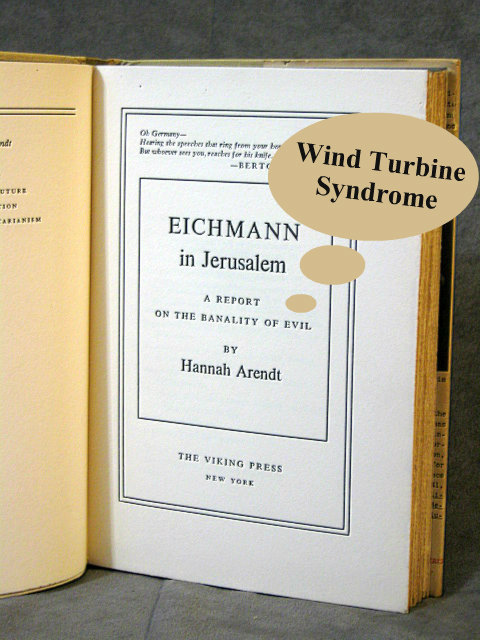
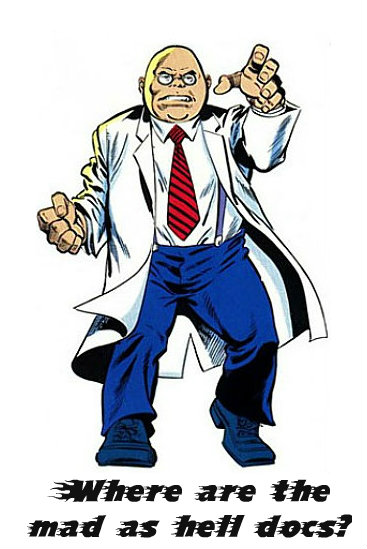
 .
.
